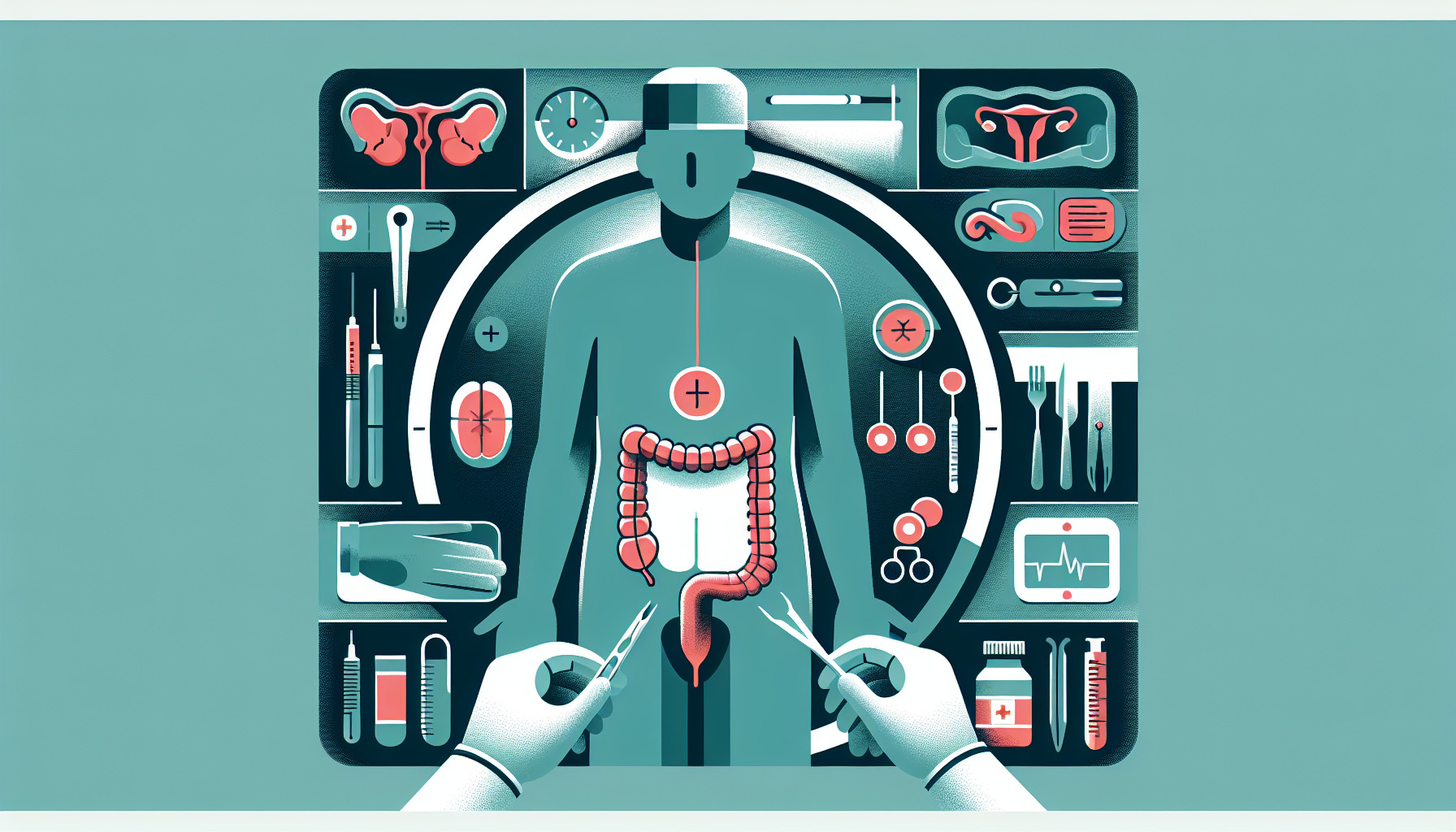Our Summary
This research paper is about a study that aims to find out if it’s better to use nonpressure dressings after a specific type of hemorrhoid surgery, known as a modified Milligan-Morgan hemorrhoidectomy. This method of surgery only sutures external hemorrhoids to reduce the risk of bleeding.
The dressings being discussed are what is put on the surgical wound after the operation. Pressure dressings have traditionally been used to prevent bleeding but they can cause complications like urinary retention (difficulty urinating), skin injuries from the adhesive, and increased pain.
Previous research has suggested that nonpressure dressings can reduce these complications, but it’s not clear whether they might lead to more severe bleeding or other problems.
In this study, the researchers will compare the use of pressure and nonpressure dressings in 186 patients. They will look at problems like urinary retention and severe bleeding that requires further surgery, as well as pain, the need for painkillers, skin injuries, and how long patients stay in the hospital.
The study has been approved by an ethics committee and the first patient was enrolled in November 2020. The results are expected to provide a clearer answer on whether nonpressure dressings are a good idea after this type of surgery.
FAQs
- What is the main goal of the study about nonpressure dressings after a modified Milligan-Morgan hemorrhoidectomy?
- What are the potential complications of using pressure dressings after a hemorrhoidectomy?
- What factors will the study consider when comparing the use of pressure and nonpressure dressings post-surgery?
Doctor’s Tip
A doctor might tell a patient undergoing a hemorrhoidectomy that using nonpressure dressings after surgery may help reduce complications such as urinary retention, skin injuries, and increased pain. It’s important to follow post-operative care instructions carefully to promote healing and minimize discomfort. Be sure to discuss any concerns or questions with your healthcare provider.
Suitable For
Patients who are typically recommended for a hemorrhoidectomy are those who have severe hemorrhoids that do not respond to conservative treatments such as dietary changes, lifestyle modifications, and medication. These patients may experience symptoms such as severe pain, bleeding, itching, and prolapse (when the hemorrhoid protrudes from the anus).
Specific criteria for recommending a hemorrhoidectomy may include:
- Persistent symptoms despite conservative treatment
- Large internal or external hemorrhoids
- Severe pain or bleeding
- Recurrent hemorrhoids
- Complications such as thrombosis (blood clots in the hemorrhoid) or strangulation (when the blood supply to the hemorrhoid is cut off)
It is important for patients to discuss their symptoms and treatment options with a healthcare provider to determine if a hemorrhoidectomy is the best course of action for their individual situation.
Timeline
Before the hemorrhoidectomy:
- Patient experiences symptoms of hemorrhoids such as rectal bleeding, itching, or pain.
- Patient consults with a doctor who recommends a hemorrhoidectomy.
- Pre-operative tests and preparations are done to ensure the patient is fit for surgery.
- Surgery is scheduled and patient is advised on pre-operative instructions.
After the hemorrhoidectomy:
- Patient undergoes the modified Milligan-Morgan hemorrhoidectomy procedure.
- Surgical wound is dressed with either pressure or nonpressure dressing.
- Patient is monitored for complications such as urinary retention, severe bleeding, and pain.
- Patient is discharged from the hospital after a few days of recovery.
- Follow-up appointments are scheduled to monitor healing and address any concerns.
- Research study on the use of nonpressure dressings is conducted to evaluate its effectiveness in reducing complications.
What to Ask Your Doctor
- What are the potential benefits of using nonpressure dressings after a modified Milligan-Morgan hemorrhoidectomy compared to pressure dressings?
- What are the potential risks of using nonpressure dressings after this type of surgery?
- How will the use of nonpressure dressings affect my recovery process and overall outcome?
- Will using nonpressure dressings increase the risk of severe bleeding or other complications that may require further treatment?
- How will pain management be affected by using nonpressure dressings post-surgery?
- How long can I expect to stay in the hospital if I opt for nonpressure dressings?
- Are there any specific instructions or care requirements I should follow if I choose nonpressure dressings?
- What are the criteria for determining if nonpressure dressings are suitable for me after the surgery?
- Are there any alternative options to consider besides pressure and nonpressure dressings for wound care after the surgery?
- When can I expect to receive the results of the study and how will it impact my treatment plan?
Reference
Authors: Xue P, Wu J, Zhu P, Wang D, Xu M, Zhang Y, Lu G, Chen Q, Zhang Q, Tang R, Fang J. Journal: Trials. 2021 Nov 13;22(1):797. doi: 10.1186/s13063-021-05750-3. PMID: 34774091
